However familiar a name might be, if you repeat it enough times it will start to sound a little ridiculous. That’s usually because we don’t know where names come from, and that’s especially true when it comes to the names of cities. We use them so frequently that city names become part of our everyday vocabulary, though if someone asked a lifelong citizen of Indianapolis or Philadelphia how their city got its name, they probably wouldn’t have the slightest clue. More than just a piece of trivia, understanding a city’s name is an important part of understanding a city’s origin and history. This is how 20 of the biggest cities in the US were named.
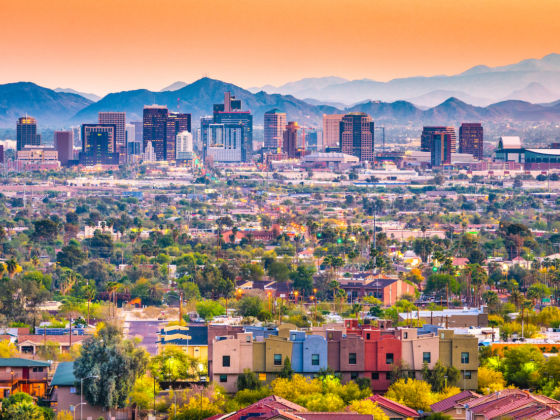

How the 20 Biggest US Cities Got Their Names
1. New York, New York
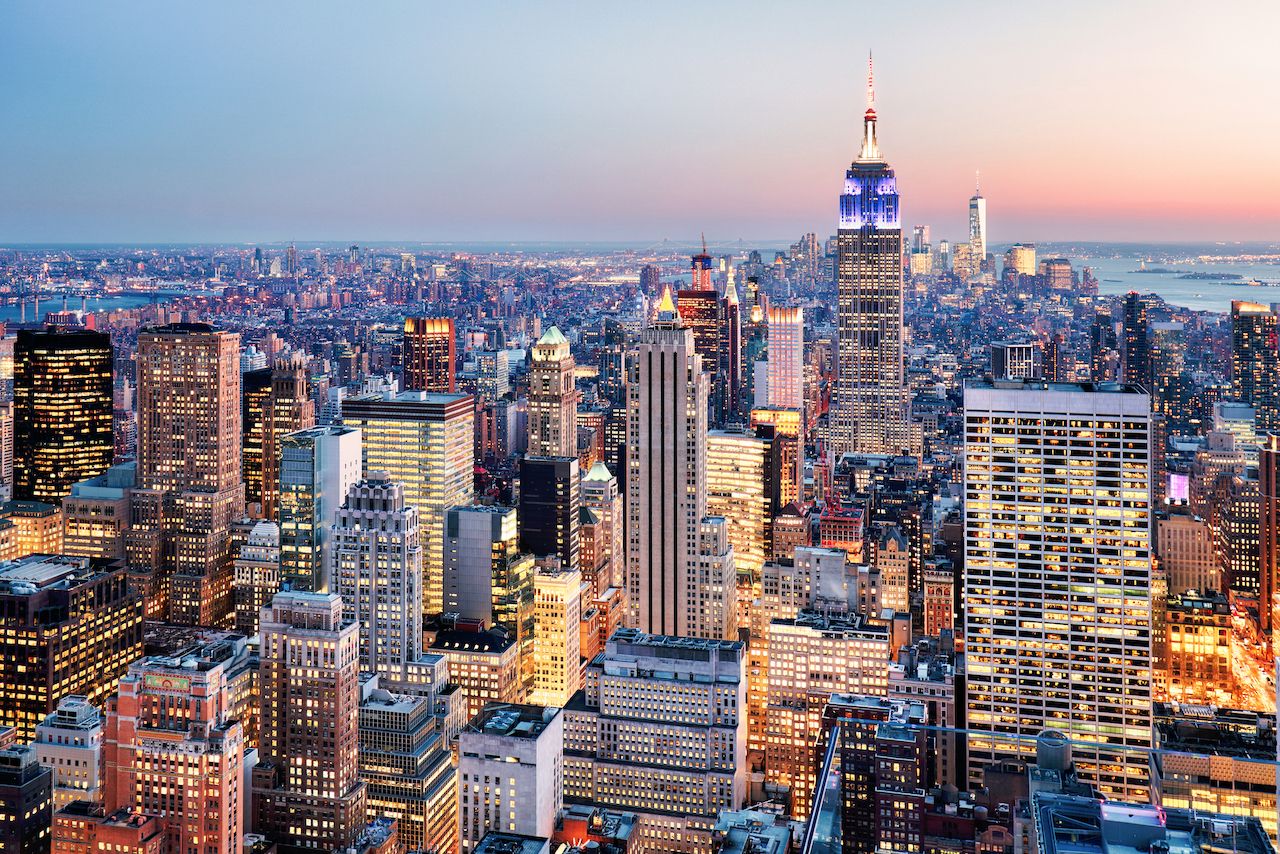
Photo: TTstudio/Shutterstock
Originally, New York was named New Amsterdam by the Dutch who landed in lower Manhattan in 1624. Forty years later, the colony was taken by the British, who named it New York in honor of the Duke of York. This might sound like the final iteration, but it’s not quite. In 1673, the Dutch retook the colony and called it New Orange, which lasted for just one year before being once again ceded to (and renamed by) the British.
Bonus name: Gotham became shorthand for New York City in 1807 when author Washington Irving used the name in a satirical essay. Gotham means “goat’s town” in old English, and Irving used it to refer to a city in England called Gotham where the residents pretended to be insane to keep a king from passing through.
2. Los Angeles, California
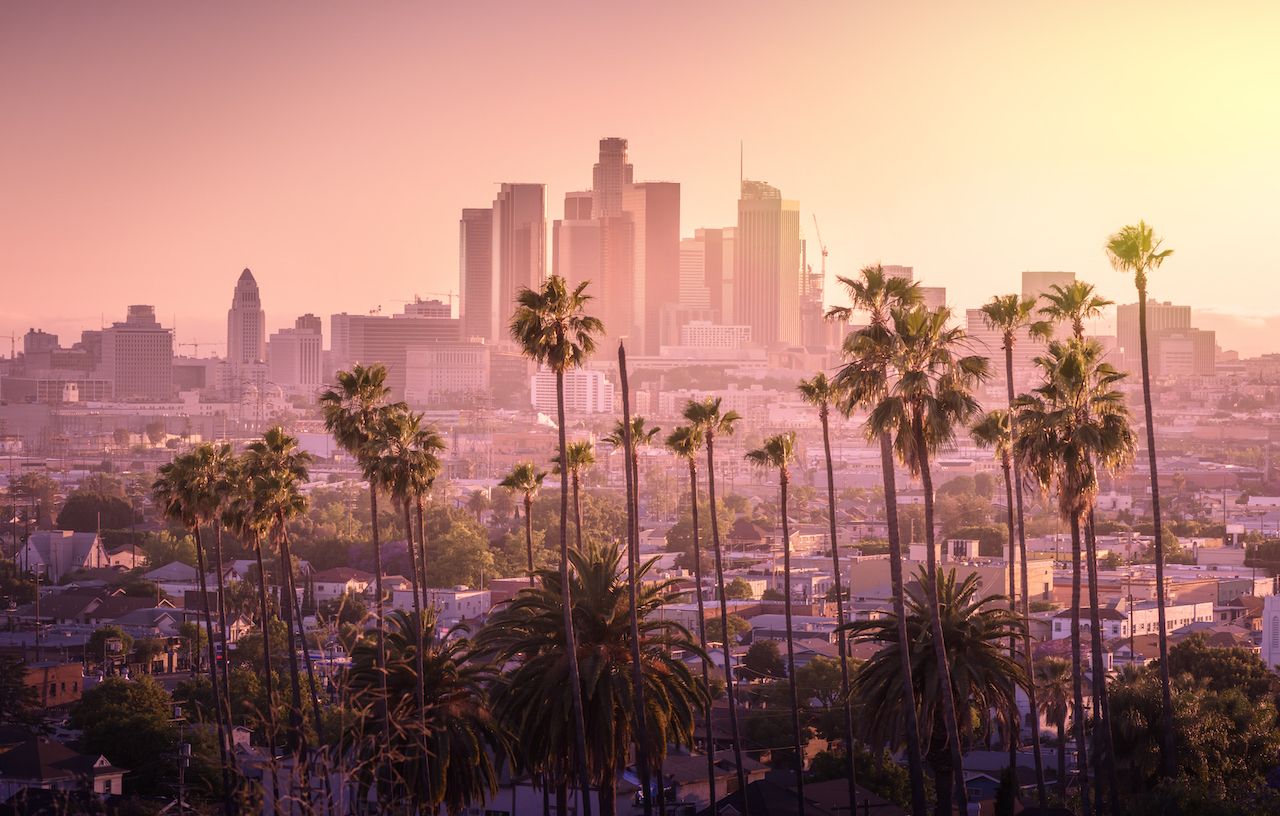
Photo: Chones/Shutterstock
Los Angeles, or “The Angels,” has been the city’s official name since 1850 when it first became a US city. The Spanish arrived in what is now Los Angeles in 1769, led by captain Fernando Rivera y Moncanda and father Juan Crespi, the Franciscan priest who accompanied him. In the same year, father Crespi named the river flowing through Southern California “Señora de los Ángeles de la Porciúncula,” which is now simply known as the Los Angeles River. A new settlement was established next to the river in 1781, though there is some debate about its original name. Some believe it was “El Pueblo de la Reina de los Angeles,” and others think it was “El Pueblo de Nuestra Señora de los Ángeles de Porciúncula.” Whichever version you believe, the name was eventually shortened to the Los Angeles we know today.
3. Chicago, Illinois
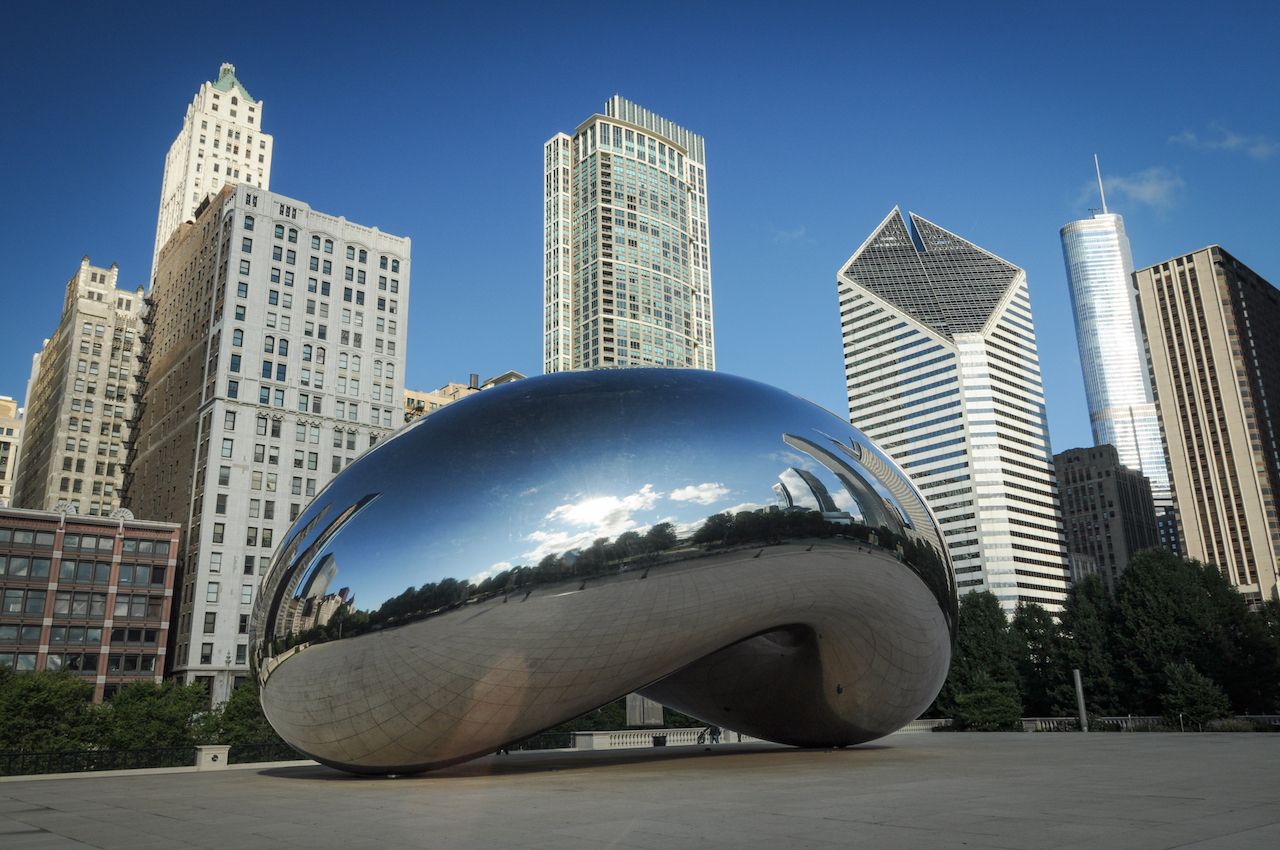
Photo: S.Pereira/Shutterstock
Long before Europeans arrived in the area now known as Chicago, it was inhabited by the Miami and Illinois peoples, so it’s no surprise that the city’s name derives from Native American languages. According to the Chicago Historical Society, it’s believed the name comes from shikaakwa, which means “striped skunk” and is also the name for a type of wild leek. The leeks were found near the mouth of the Chicago River, hence the name. French spelling transformed it to how we know Chicago today.
4. Houston, Texas

Photo: Sean Pavone/Shutterstock
Houston’s naming history is an easy one to trace. It goes back to Sam Houston, a soldier who fought Mexico in the 1836 Texas Revolution. The land that’s now Houston was sold off the same year after Texas won independence. Sam Houston was named the first president of the Republic of Texas and signed the papers to incorporate the city in 1837. The name stayed after Texas joined the US.
5. Phoenix, Arizona
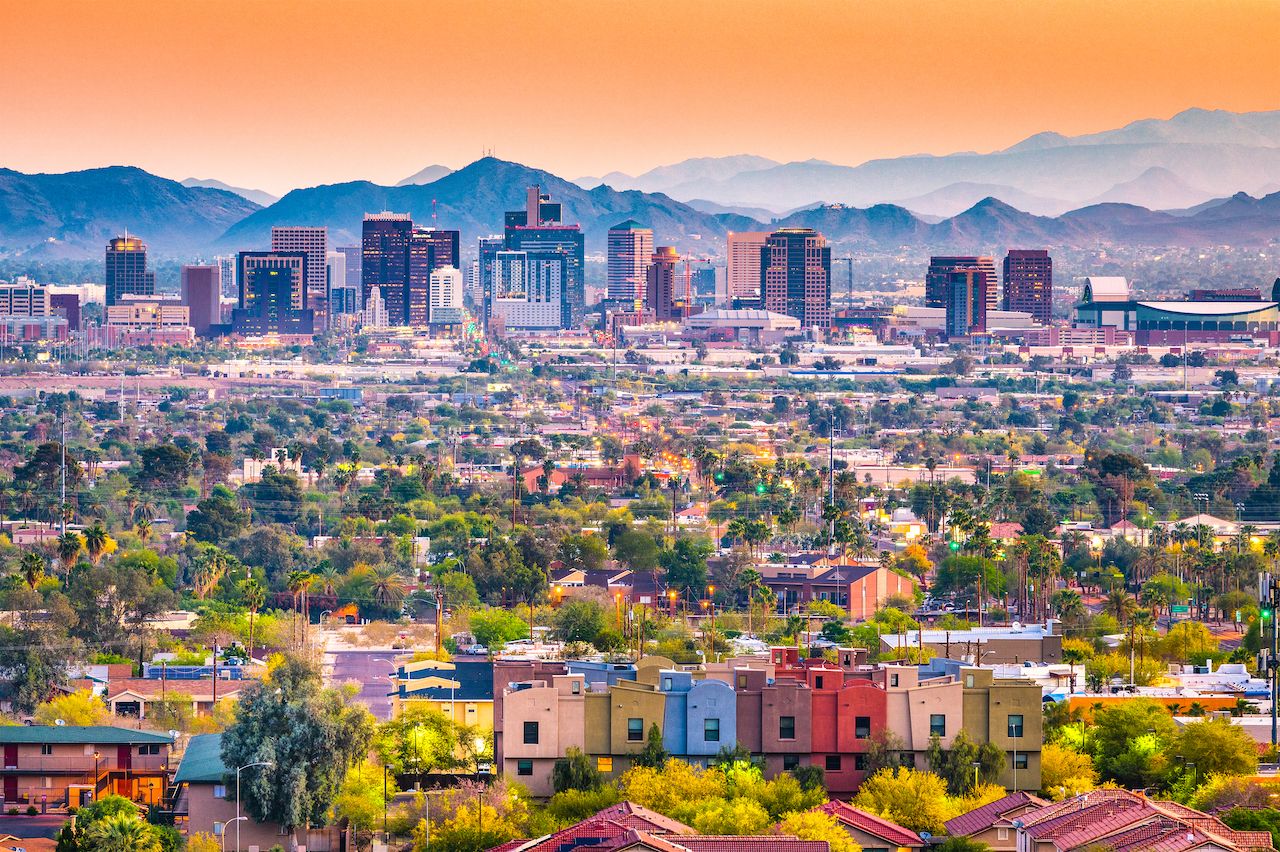
Photo: Sean Pavone/Shutterstock
Formed in 1868, a small colony was established four miles east of modern-day Phoenix called Swillings Mill after the former Confederate soldier, Jack Swilling, who helped found the colony. The name was changed to Helling Mill City, then East Phoenix, before pioneer Phillip Darrell Duppa suggested the name Phoenix. In his view, the town’s name should evoke the idea of rising from the ruins of a former civilization, and the county that incorporated the area recognized the area of a Phoenix Townsite in 1868. By 1881, Phoenix was officially incorporated as a city.
6. Philadelphia, Pennsylvania
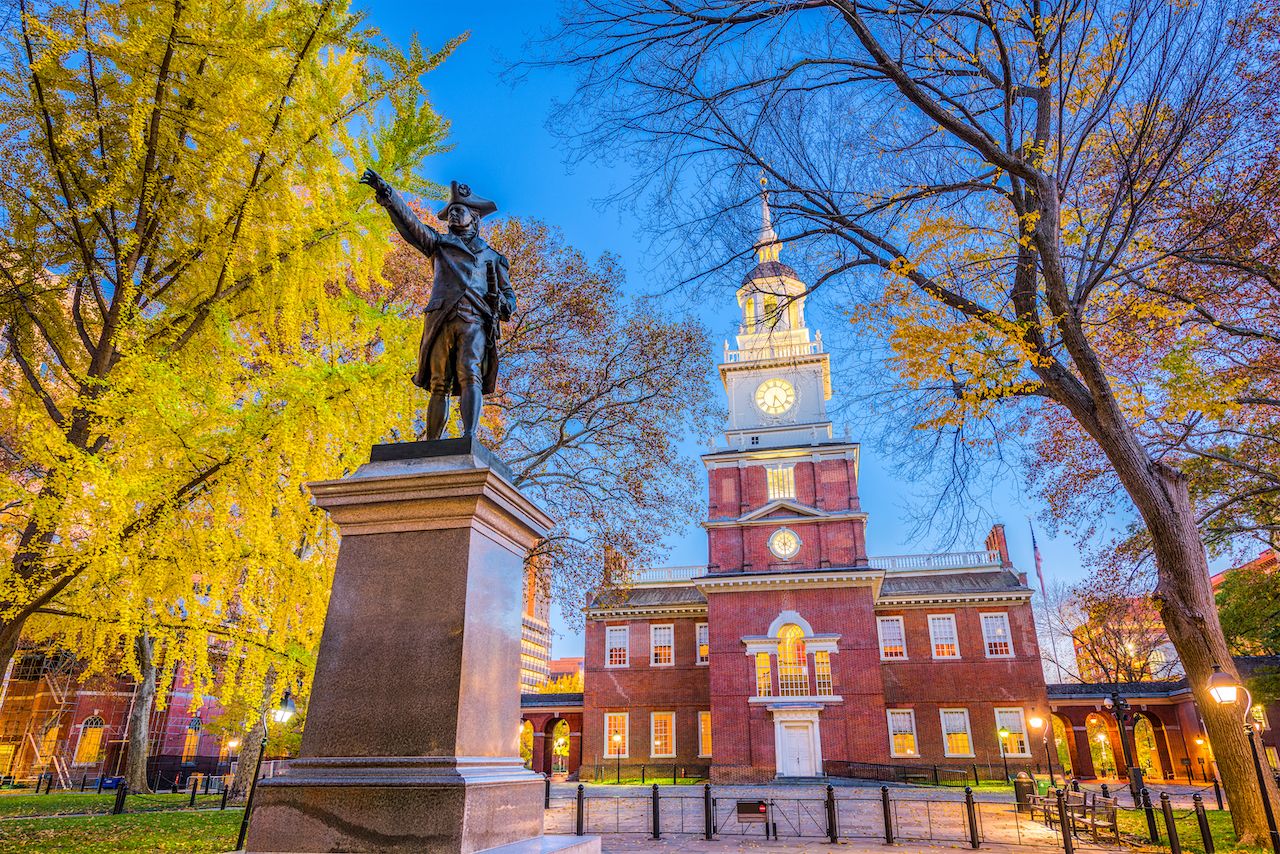
Photo: Sean Pavone/Shutterstock
The naming of Philadelphia probably won’t be too surprising to people with even a passing familiarity with the city. Famously nicknamed “The City of Brotherly Love,” the name Philadelphia actually means “brotherly love” in Greek. It was named by William Penn, who founded the city and the Province of Pennsylvania.
7. San Antonio, Texas
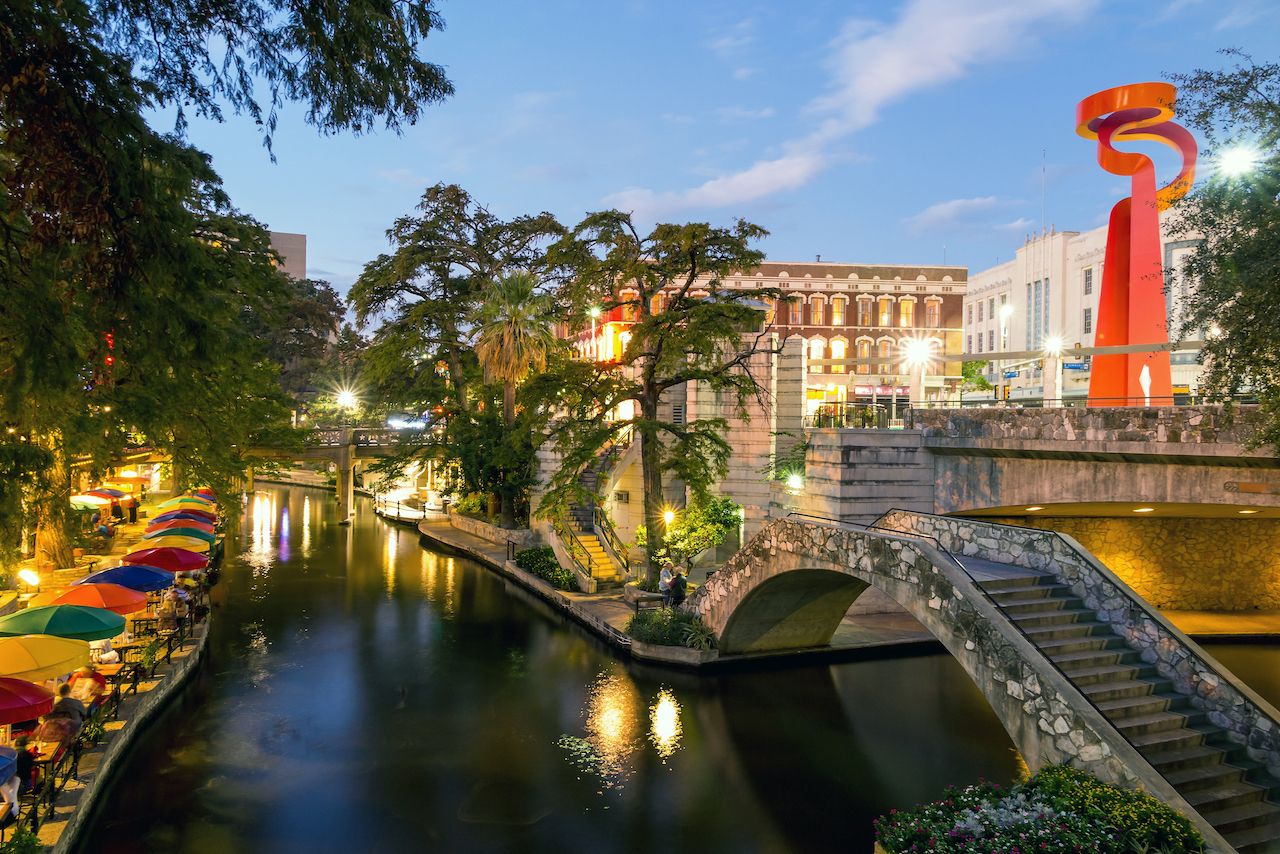
Photo: 232093342/Shutterstock
The Spanish first came to what is now San Antonio in 1691 when it was a camp of the Payaya people. The Spanish established the Mission San Antonio de Valero in 1718, the same mission that would later be known as the Alamo. The area served as a military post under the name San Fernando de Béxar as a county seat of the Republic of Texas until 1837, when it was renamed San Antonio.
8. San Diego, California
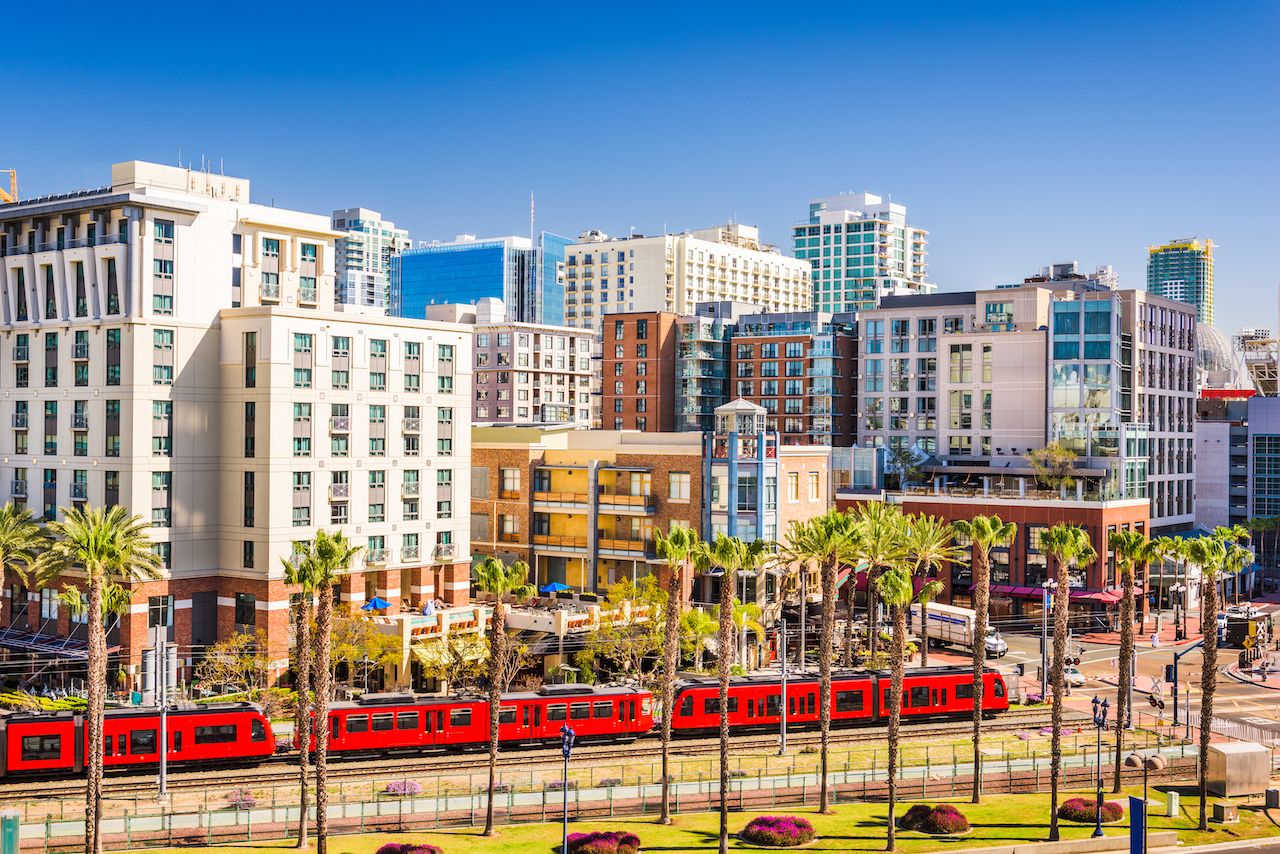
Photo: De Sean Pavone/Shutterstock
Before what is now San Diego got its name, the first European name it received was San Miguel because the first European sailor to see the land, Juan Rodríguez Cabrillo, arrived the day before the feast day of Saint Michael the Archangel in 1542. Sixty years later, explorer Sebastian Vizcaino’s fleet reached San Diego, and he renamed the area after San Diego de Alcalá, the patron saint of his flagship.
9. Dallas, Texas

Photo: Sean Pavone/Shutterstock
Dallas has one of the biggest city name mysteries in the US. The city was named by Presbyterian farmer and lawyer John Neely Bryan in 1841, who founded the area as a trading post to serve both Native Americans and settlers. It’s unclear why he chose the name Dallas, as he left behind no documents or records explaining the decision. According to Works Progress Administration, historical records dug up by the Dallas City Hall, Bryan’s friends said he named the town “for my friend Dallas.” There’s much speculation as to who that friend was, but no one has been able to nail it down. Bryan died in the Texas State Lunatic Asylum in 1877.
10. San José, California
Photo: Sundry Photography/Shutterstock
In 1776, Captain Juan Bautista de Anza was asked by the Spanish king to lead settlers from New Spain (an area largely encompassing modern-day Mexico) to northern California to establish missions. Anza went past his target point near Monterey and, in 1777, founded El Pueblo de San José de Guadalupe, the first town in the Spanish-owned Nueva California. The San José part of the name comes from Saint Joseph, patron saint of pioneers and travelers, while the Guadalupe comes from the nearby Guadalupe River. Later, it was eventually shortened to just San Jose.
11. Austin, Texas
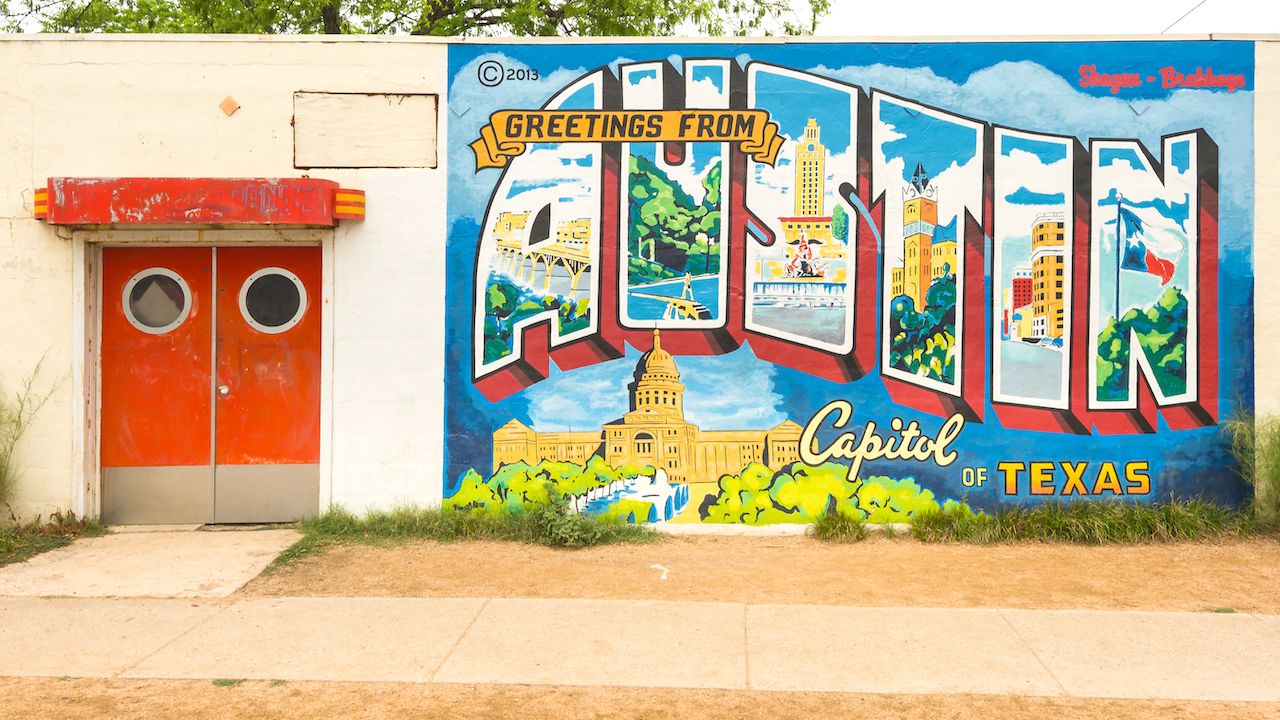
Photo: Steve Lagreca/Shutterstock
Austin was named after the “Father of Texas,” Stephen F. Austin. The Native Americans and Spanish had different names, and the first English speakers to settle on the land in the 1830s named it Waterloo. Founded in 1837 by Anglo-American settlers, the name was changed to Austin in 1839 after it was chosen as the capital of the new Republic of Texas.
12. Jacksonville, Florida
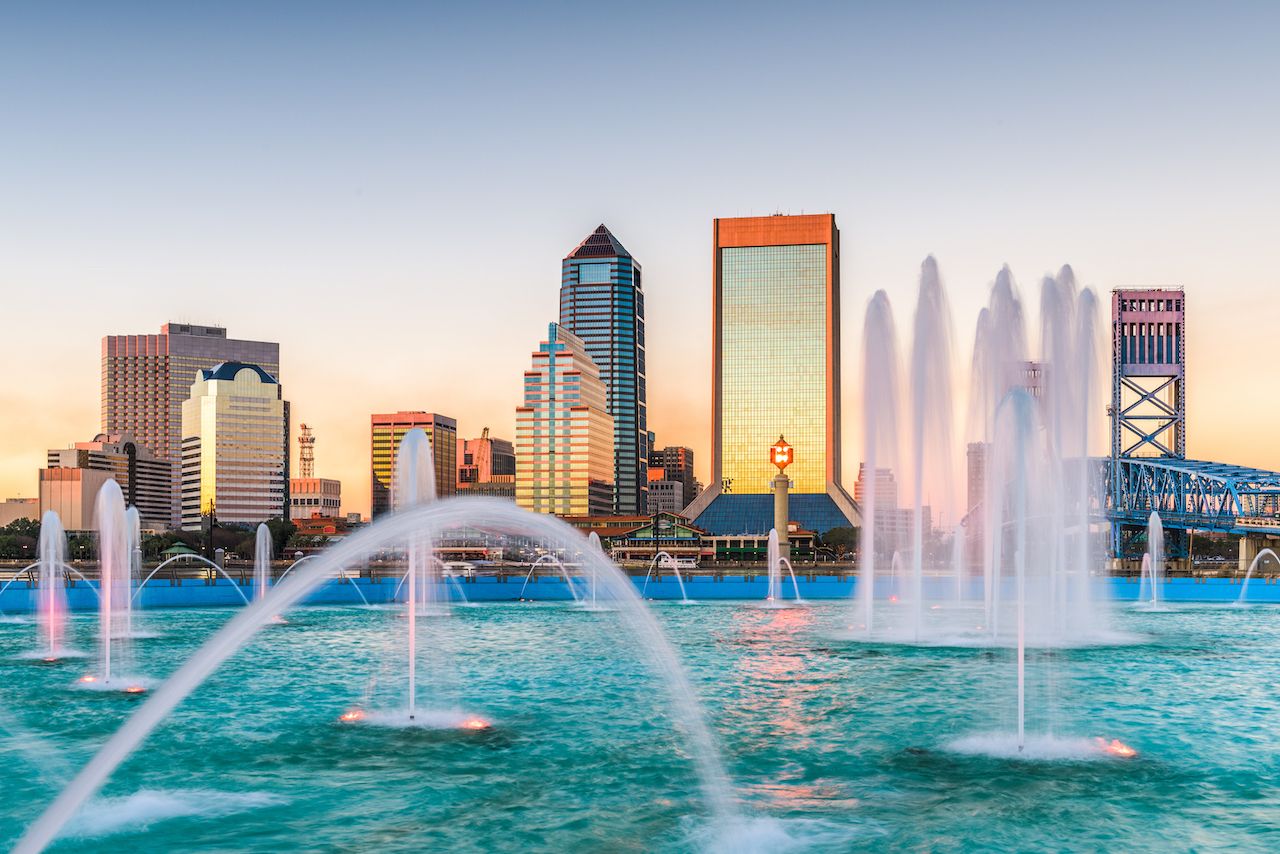
Photo: Sean Pavone/Shutterstock
What is now Jacksonville was once land lived on by the Timucuan people. The French built a fort in the area, then the Spanish, and then the British built the area into a port town called Cowford before the Spanish once again gained control of Florida after the Revolutionary War. Florida became a US territory in 1821, and the name Jacksonville was proposed in honor of Andrew Jackson, the Florida territory’s first provisional governor. Although there is no record of Andrew Jackson having ever visited this part of Florida, the name was agreed on.
13. Fort Worth, Texas
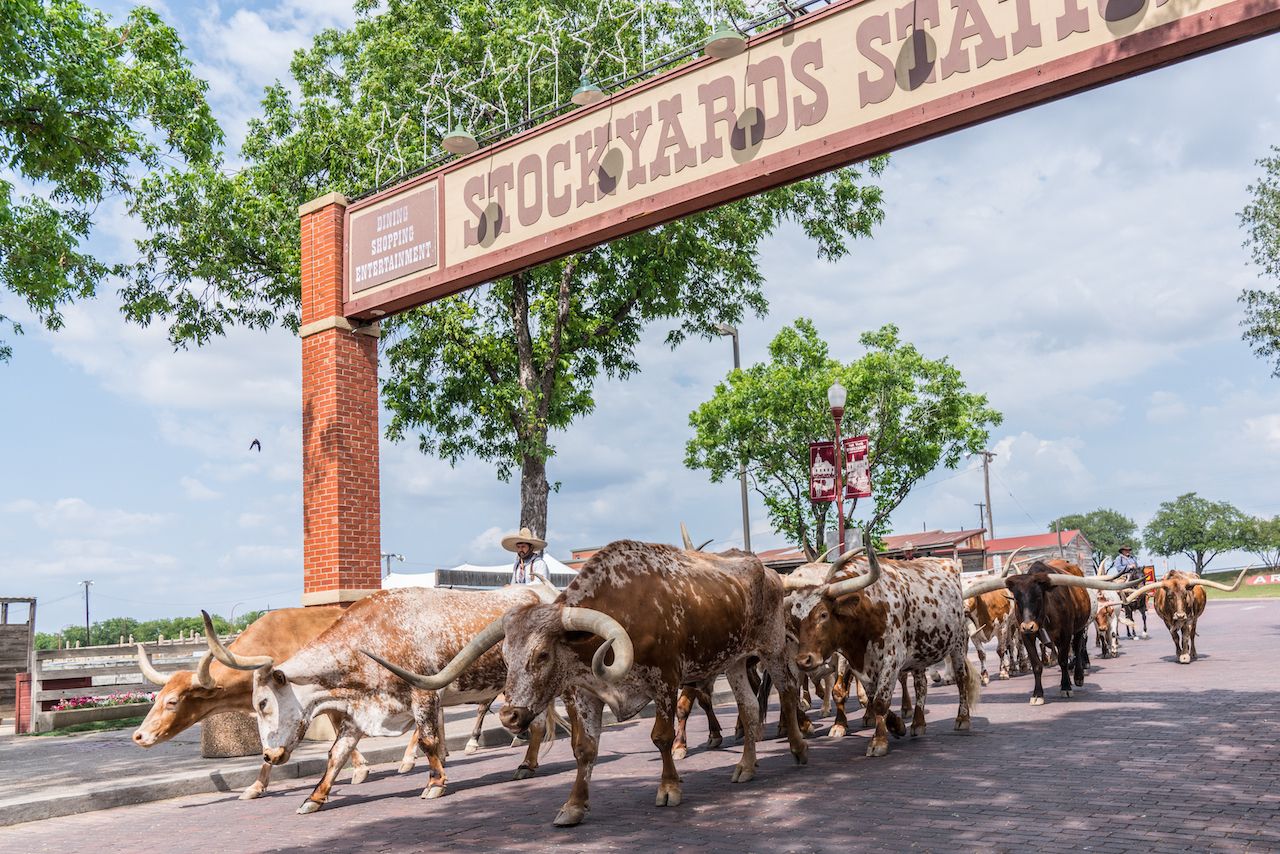
Photo: Paul Brady Photography/Shutterstock
Another city named for a prominent military figure, Fort Worth got its moniker after Mexican War hero General William Jenkins Worth in 1849. Worth had established a fort on the bank of the Trinity River to guard settlers from Native Americans, and the outpost ultimately came to bear his name. Perhaps more intriguing is the city’s nickname of “Panther City,” which stems from a legend wherein a huge panther was found napping in the middle of downtown.
14. San Francisco, California
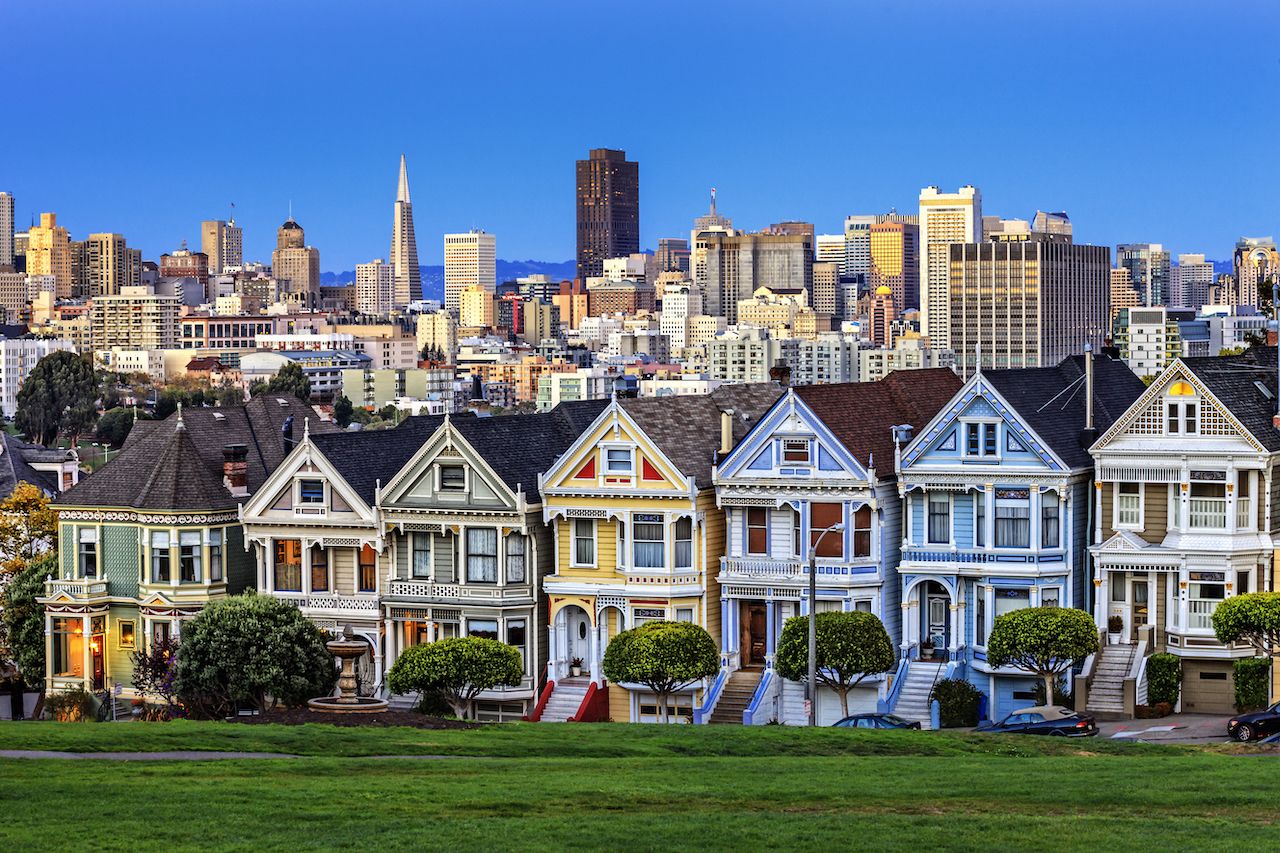
Photo: prochasson frederic/Shutterstock
Much like San Diego, San Francisco’s name has its roots in the Catholic missions established up and down the California coast. It was named by Father Junipero Serra, who founded many Catholic missions in what is now California. In 1776, he started the Mission San Francisco de Asis, named after Saint Francis of Assisi, and it later became known simply as San Francisco.
15. Columbus, Ohio
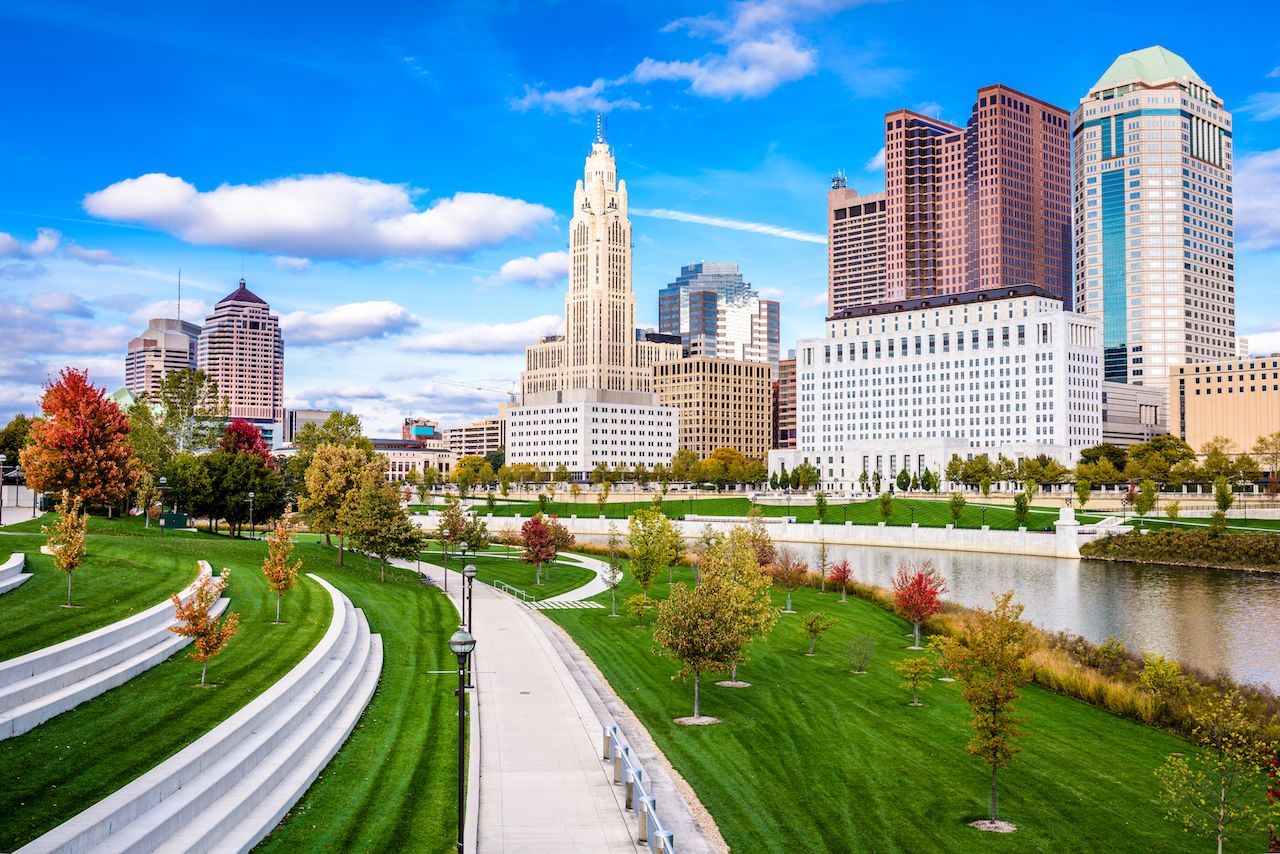
Photo: Sean Pavone/Shutterstock
Columbus was named after a figure we’re all familiar with: Christopher Columbus. The city was laid out expressly to create a new Ohio capital in 1812 and incorporated in 1816. A businessman and tavern owner, Joseph Foos, is responsible for the name. He was a fan of Christopher Columbus, and gathered state leaders to petition them to name the city Columbus rather than the popular option at the time, Ohio City.
16. Charlotte, North Carolina

Photo: Kevin Ruck/Shutterstock
Charlotte’s naming history is closely linked to its well-known nickname. Charlotte is called the “Queen City” as an homage to German princess Charlotte of Mecklenburg-Strelitz, who became the wife of King George III and Queen Consort of Great Britain and Ireland in 1761. Colonists founded Charlotte in her name in 1768, and the surrounding county was even named Mecklenburg to honor her birthplace in Germany.
17. Indianapolis, Indiana
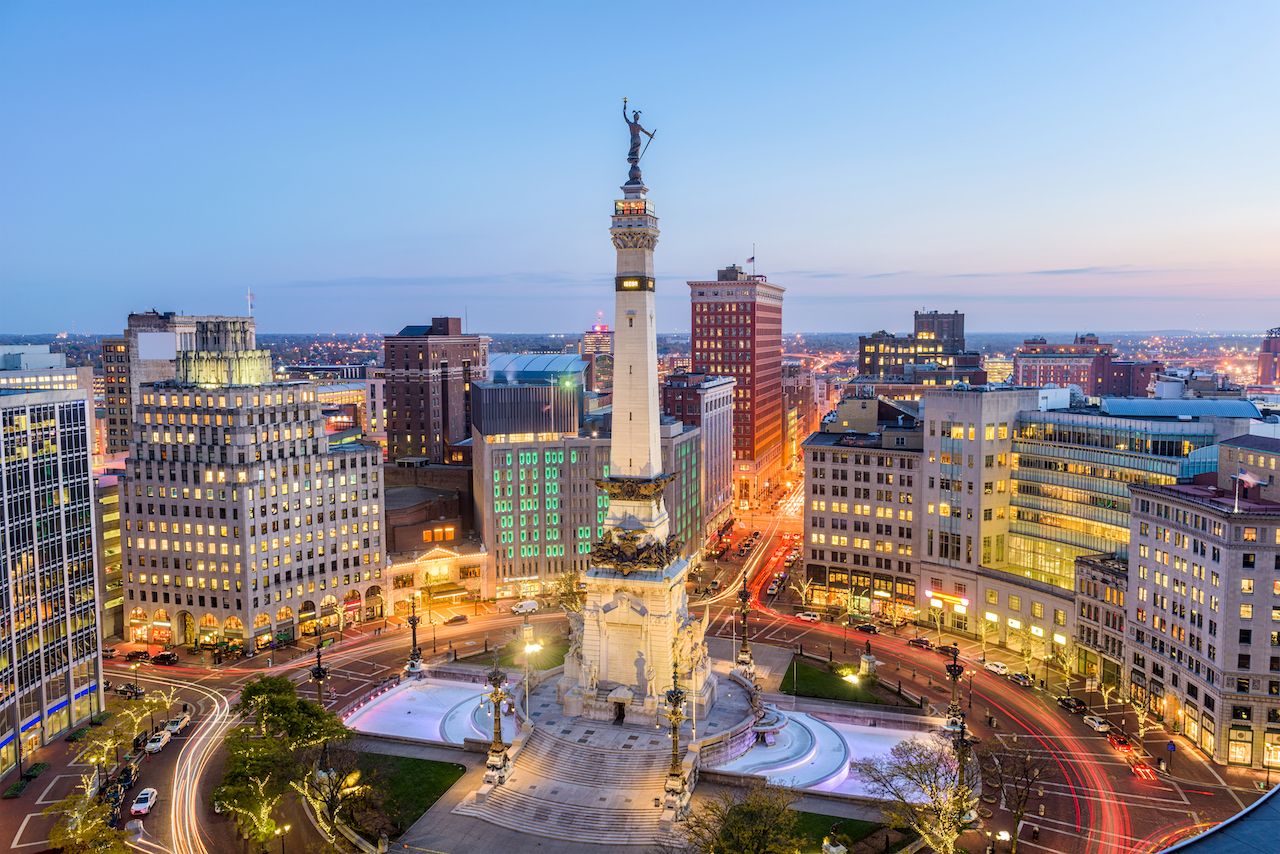
Photo: Sean Pavone/Shutterstock
The derivation of Indianapolis is pretty straightforward. It’s a combination of Indiana, which means “Land of the Indians” and polis, the Greek word for city. It was named in 1821 by Jeremiah Sullivan, a justice of Indiana’s Supreme Court, and replaced the city of Corydon as Indiana’s state capital. Its nickname, “Naptown,” has a few different origin stories. One is that it was coined by jazz musicians in the 1930s due to the “nap” syllable in its name; another suggests it comes from the call letters for the radio station WNAP while, by some accounts, it is a reference to its supposedly boring vibe.
18. Seattle, Washington
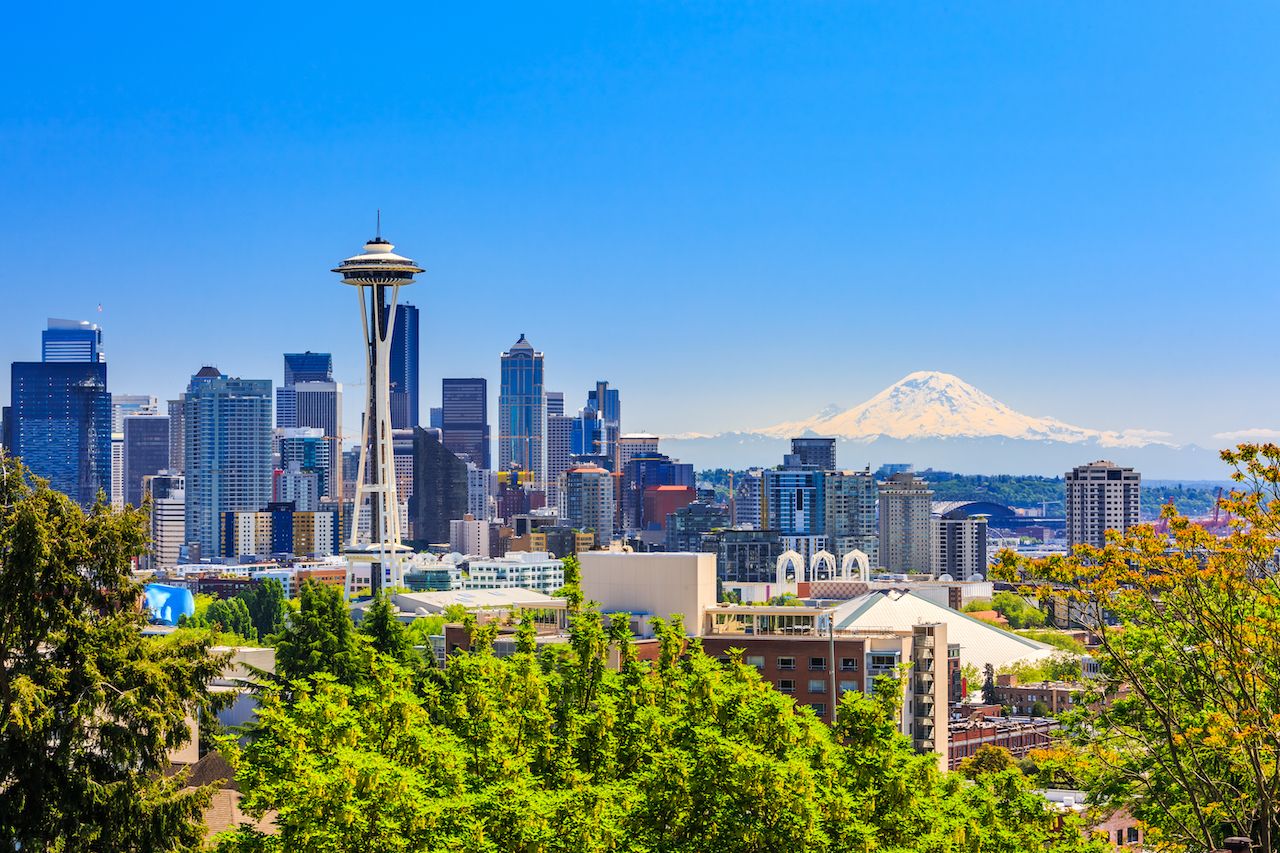
Photo: emperorcosar/Shutterstock
Seattle was named for Chief Seattle of the Duwamish and Suquamish tribes, who lived around what is now called Puget Sound. He welcomed the Euro-American settlers who set up villages along the banks of the Sound, and when they established a permanent town on Elliot Bay in 1851, they named it after the friendly chief. The town was initially called New York, then New York-Alki (after the Chinook word for “by-and-by”) before Seattle.
19. Denver, Colorado
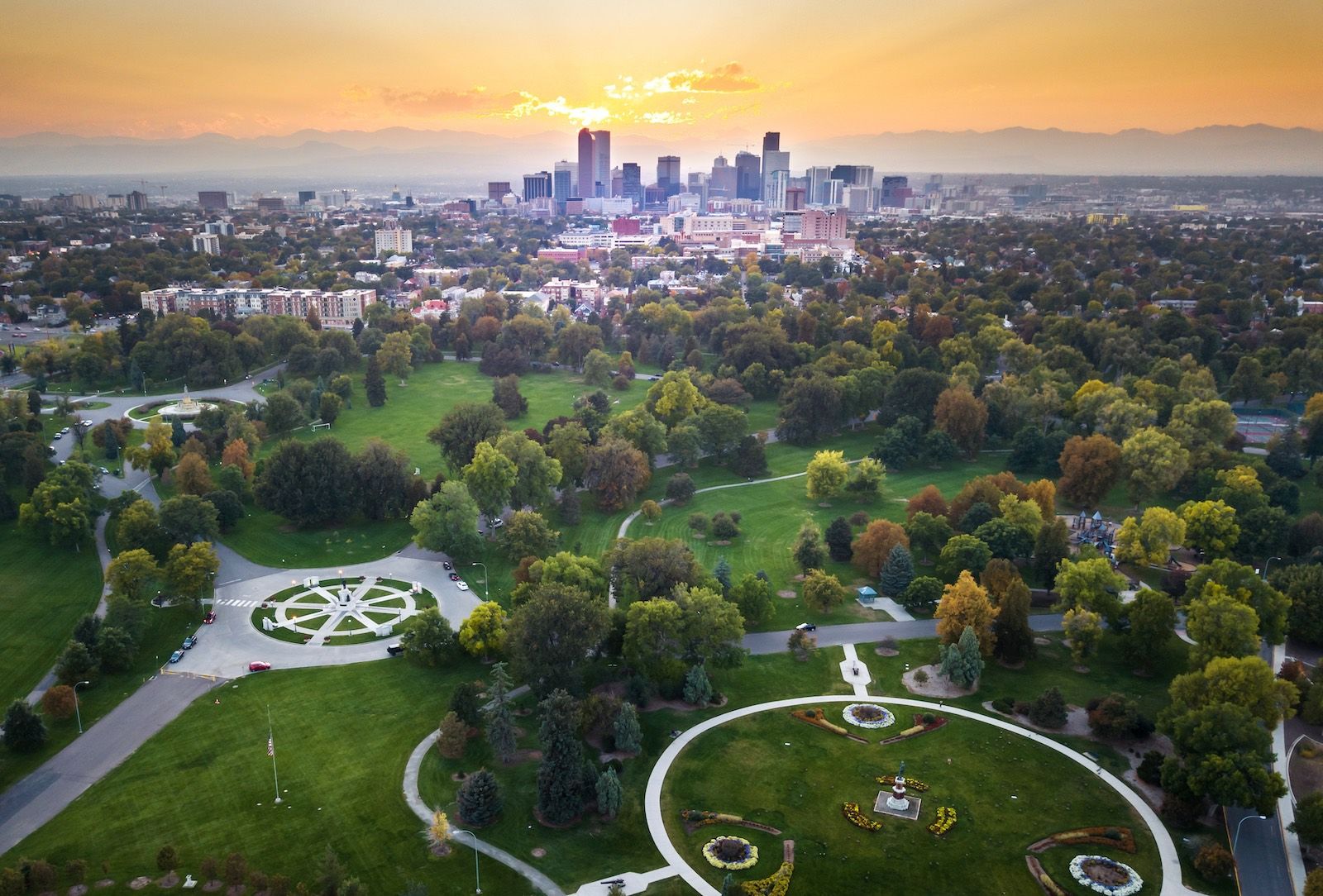
Photo: Creative Family/Shutterstock
Denver was founded in the Kansas Territory in 1858 and was named after the territory’s governor, James W. Denver. Denver was also a general in the Civil War, a lawyer, and a prospective presidential candidate. The city was named after him because it was believed the name would give it the best chance of being designated the county seat — which it was. Its nickname, the “Mile High City,” is a pretty easy one to figure out too, given that Denver’s elevation is one mile.
20. Washington DC
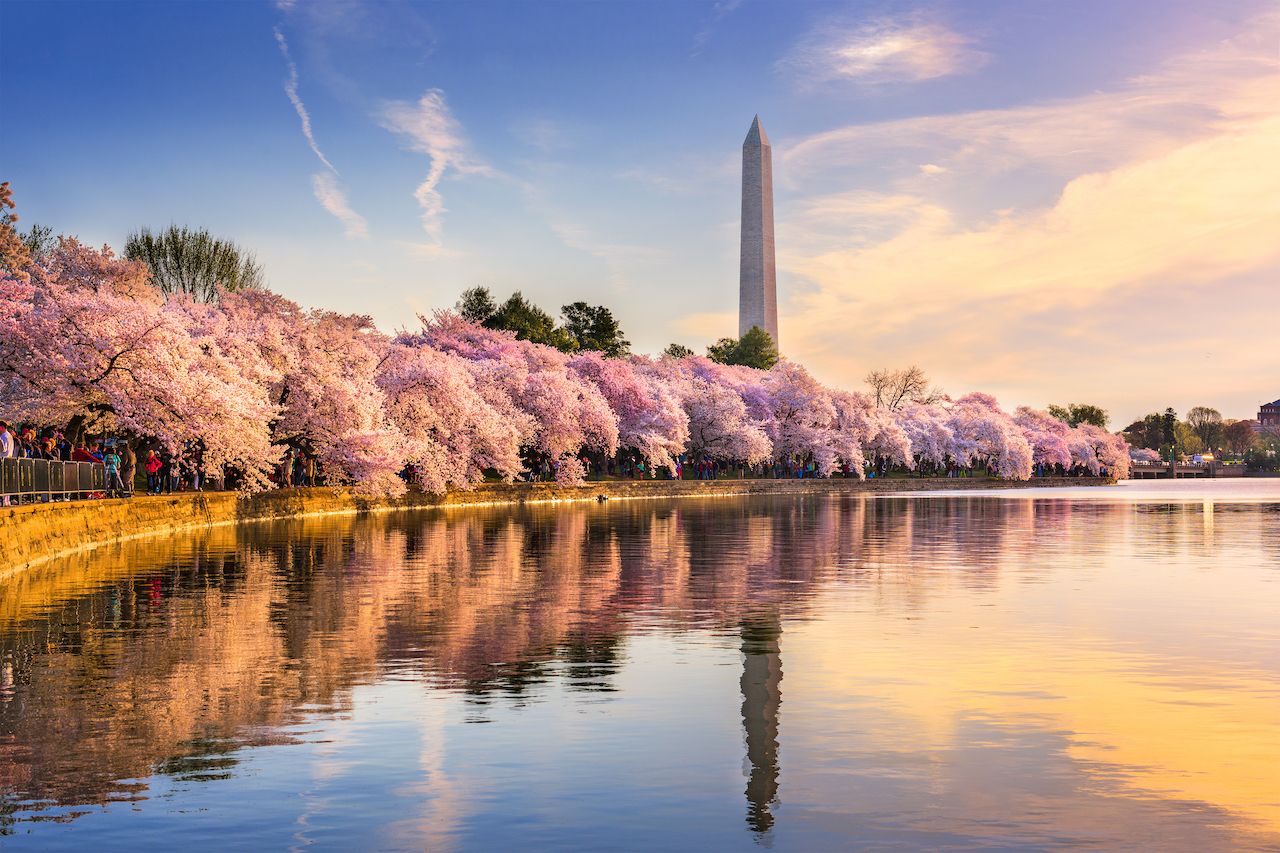
Photo: Sean Pavone/Shutterstock
According to the Residence Act of July 1790, the new capital of the United States would be located somewhere along the Potomac River, and George Washington had the power to choose the exact site. He was also tasked with appointing three commissioners to oversee the city’s development. In 1751, Washington choose 100 square miles of land for the new city, and his chosen commissioners named it after the famed Revolutionary War general and first president. The “District of Columbia” comes from the Territory of Columbia in which it was located, with the “Columbia” name derived from Christopher Columbus.